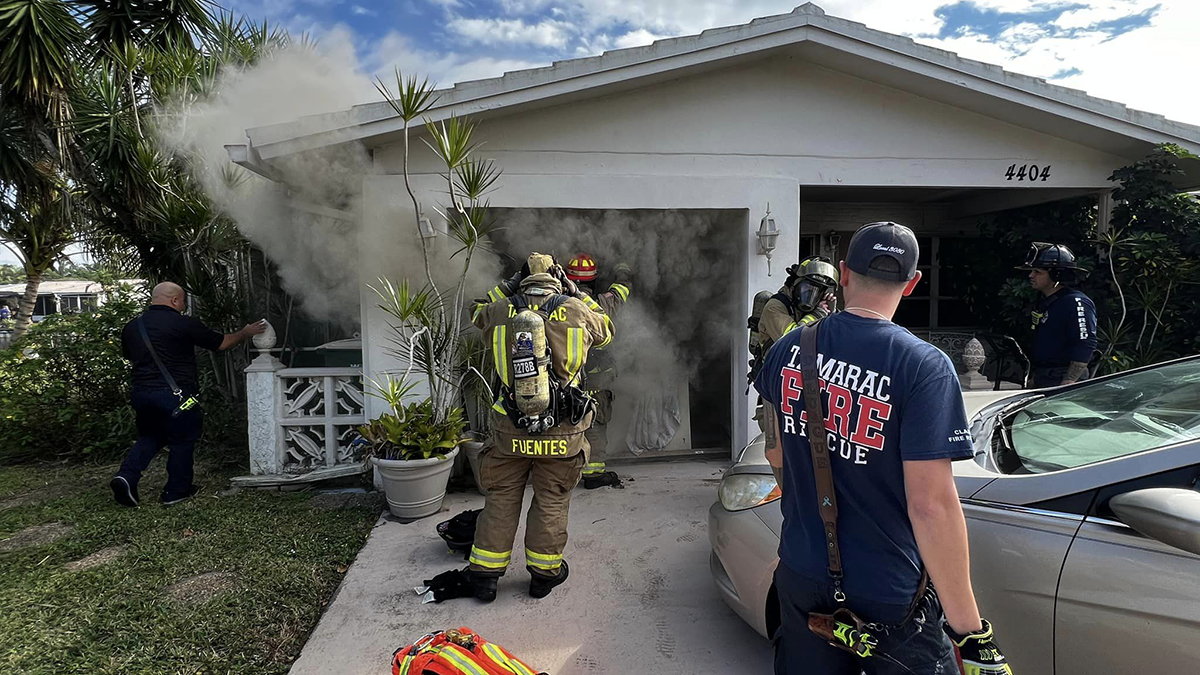Social distancing has been engrained into the public’s psyche since the start of the coronavirus pandemic, with stores following the recommended “6 feet apart” distance created by the Centers for Disease Control and Prevention (CDC). However, researchers at a South Florida University have found that the recommended distance may not be far enough if someone simply coughs.
An experiment done by Florida Atlantic University’s College of Engineering and Computer Science demonstrated how far particles from a cough, or sneeze, travel, and how long they linger in the air.
Using flow visualization, which is the method of visualizing a stream of particles using flow patterns, researchers simulated coughs to show the fate of smaller particles.
“We used a mixture of distilled water and glycerin to represent synthetic fog that made up the content of the cough-jet that was expelled from the mannequin’s nose and mouth during our experiment,” said Manhar Dhanak, professor and chair of FAU’s Department of Ocean and Mechanical Engineering.
“The fog is initially warmer than the ambient air, just as in the case of an exhaled cough-jet, however, it cools as it travels through the air.”
Particles that are the result of a human sneeze or cough can range from anywhere between 5 to 500 microns. Gravity typically yanks the larger particles down within a short distance.
However, a simple breeze can carry smaller particles for longer distances.
The particles in the experiments were between 10 to 20 microns.
Researchers found, the heavier the cough, the farther these smaller particles traveled.
Local
“Preliminary results from our experiment reveal that significant concentrations of small particles from a turbulent jet such as from a heavy cough, sneeze can linger in still air for more than one minute. It only took the particles a couple of seconds to travel 3 feet; in about 12 seconds it reached 6 feet and in about 41 seconds it reached around 9 feet,” said Siddhartha Verma, an assistant professor in FAU’s Department of Ocean and Mechanical Engineering.
The heaviest coughs showed particles traveling up to 12 feet.
“In the case of light coughing, it can lead to formation of vortex rings in which the particles and droplets ejected in the cough-jet remain confined to evolving toroidal flow structures,” said Dhanak. “The rings appear to travel 1 to 9 feet or more before getting diffused and breaking up. We found that wearing a face mask doesn’t stop the particles 100 percent, but it does slow down the cough jets.”
Dhanak and Verma say more research must be done, but the experiment showed why it is essential to cover coughs and sneezes, and the importance of wearing a face mask in public settings.



